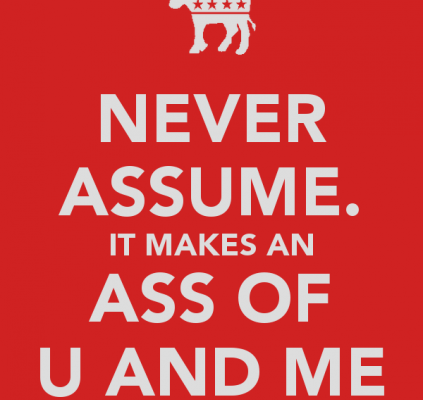
We all know that apples are available all year round. Oranges also form part a greengrocer’s standard year-round stock item. But apples and oranges are not locally harvested year-round. For apples to be available 12 months of the year, they are picked at harvest time, and then stored in nitrogen cold stores – this is where anniversary apples come from – when you buy them, they might have been picked 12 months earlier – sounds appetising doesn’t it – NOT.
Oranges cannot be stored for 12 months, so for this fruit to be available all year round, the product is imported. Today consumers prefer to purchase local product, so offering oranges from across the world might be a necessary evil, but it might also be difficult to promote the offshore origins of this product, especially if there are questionable farming and processing techniques.
But what do you do if your product or service is not seasonally connected? This is when you explore different angles to leverage seasonal selling where it might not have traditionally existed, sometimes you need to be a little bit creative about the associations that you make, on other occasions you select a tangible (even if it is remote) link and create your seasonal story. The story you create is what will eventually sell the product or service.
For a long time plant nursey and garden centres experienced large sale turnover during Spring. But with all businesses, having extended sales cycles improves cashflow. It also means that there is greater stock rotation, which in a garden centre is not a bad thing. To create the extended sales cycles, garden centres promoted Autumn and Winter as the best time to establish a garden. This immediately resulted in three season related sales cycles rather than the previous one.
Vehicle sales have natural calendar related sales cycles. The end of the calendar year usually promoted as a way of getting into that year manufactured model. The beginning of the calendar year is promoted as a stock runout to move last year manufactured models, and the end of financial year is used to move stock so that the sales are contained in the current financial year. Other seasonal vehicle sales cycles also exist, but these are ones that caryards prefer not to promote – I think that this is a mistake. Car salespeople have sales quotas that need to be met. These are measured on a quarterly basis. Because better deals are generally available during these periods it makes perfect sense (to me at least) that these calendar periods should be promoted.
Participating in seasonal selling works well when your product or service easily fits into the event – seasonal fruit and vegetables is the classic example. Seasonal selling works better when you can weave a consumer benefit story into the event and shoehorn your product or service into the story.






